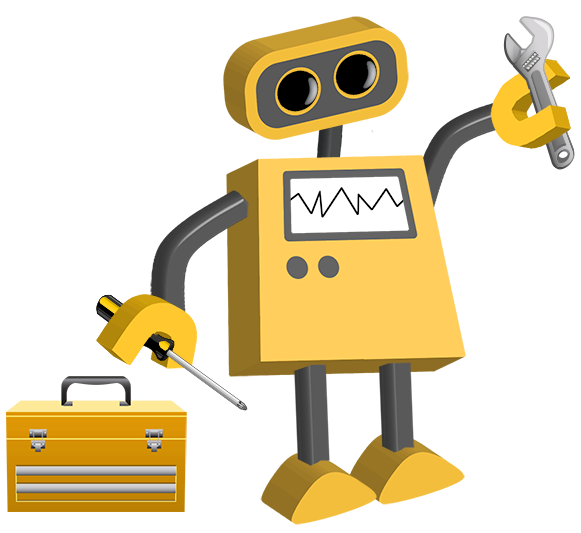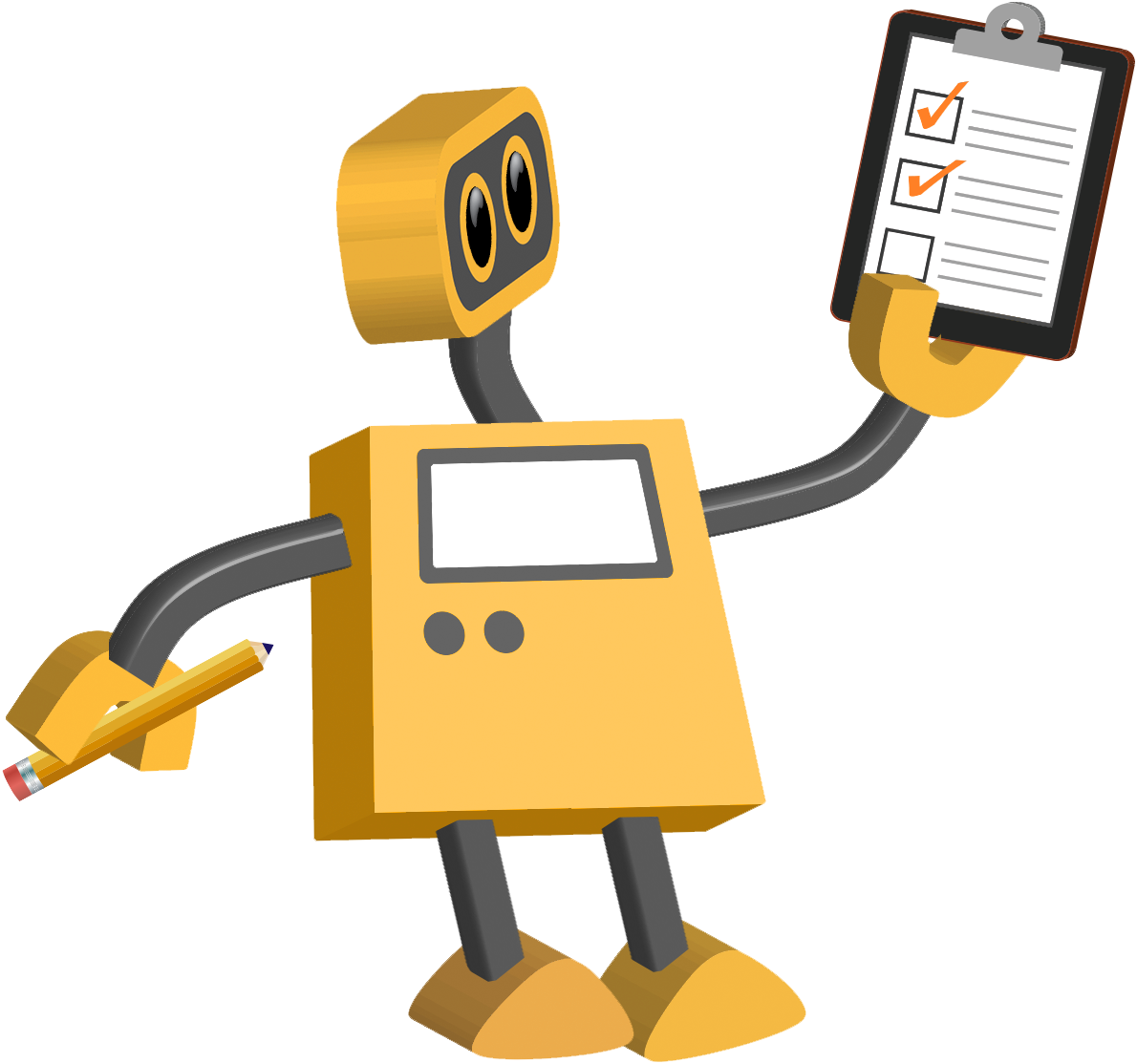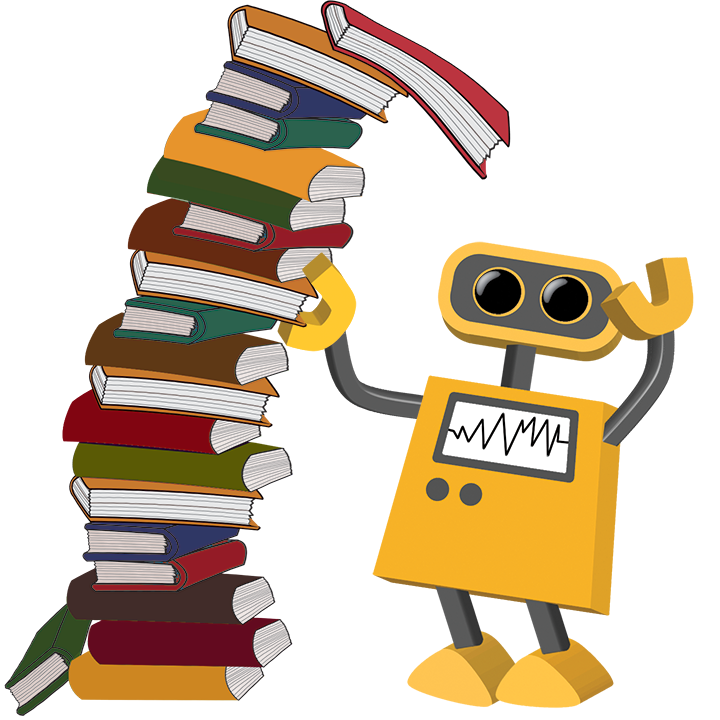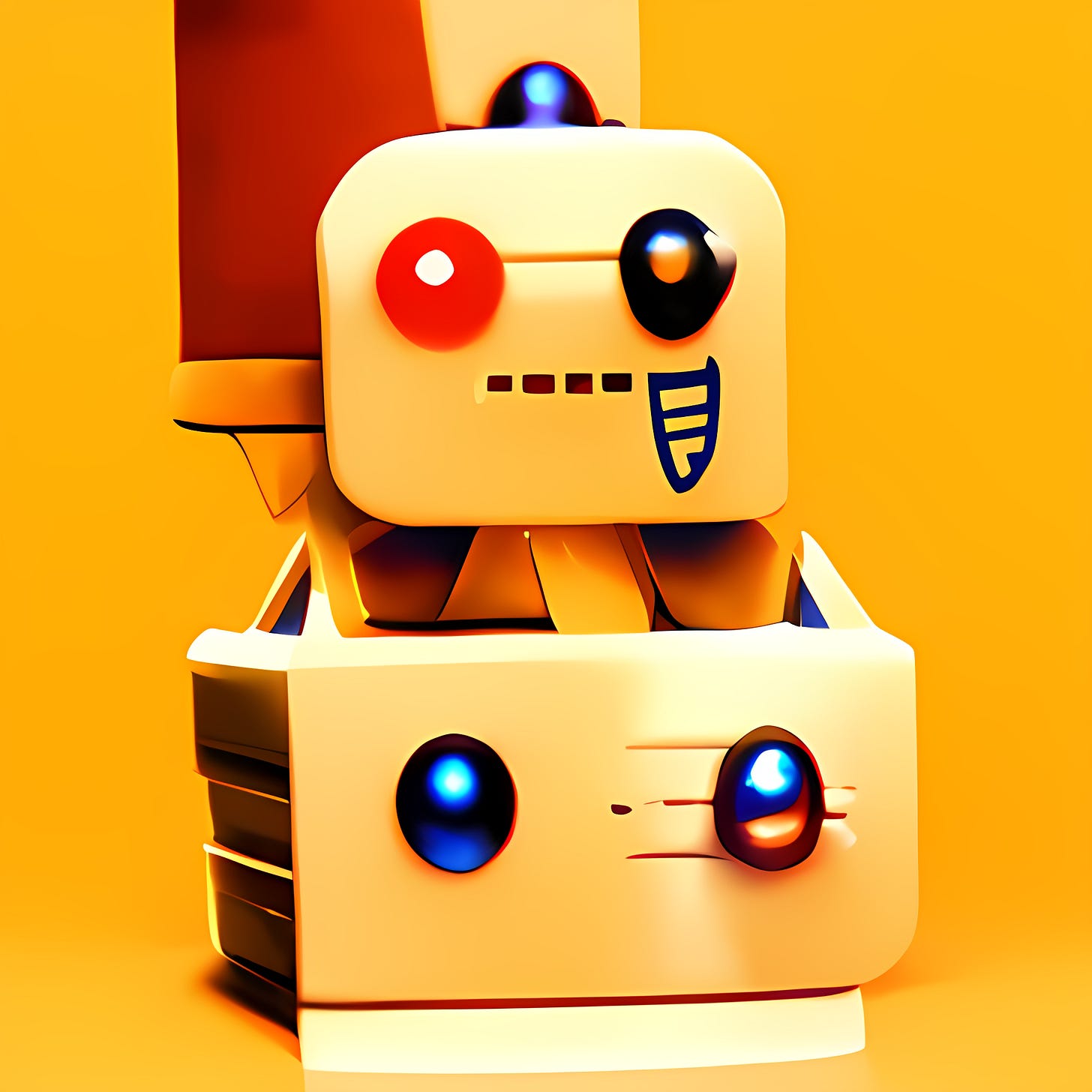AI is often is made out to be highly complex, partially because it is, but also partially because the information that does make it out there is still too high level and tries to define concepts that only make sense if you have taken courses in computer sciences. Today I am trying to help remove that barrier through a more intuitive understanding of how complex machines can be created from what is essentially random chance.
For this explanation, I’ll first need to introduce you to a few friends. This is Builder Bot. Builder Bot is good at one thing, building Student Bots. However, Builder Bot is not smart, and frankly doesn’t even know that much about how to make smart Student Bots. All he knows how to do is make lots and lots of them that are all unique.
The next person up is the Teacher Bot. Teacher Bot isn’t smart either, but what Teacher Bot has is all the answers to a set of questions. If we imagine our question as whether a picture contains a dog or a cat, the Teacher Bot has hundreds of these pictures and already knows the answers to all of the pictures. What’s important to know here is that Teacher Bot doesn’t actually know what the difference is between a dog and cat. If you were to show Teacher Bot a new picture of a cat or dog, it would probably get the answer wrong. The only thing the Teacher Bot has is the answer key to the pictures it already has.
Finally is Student Bot. We can imagine Student Bot as our AI. Our hope is that the Student Bot will one day be able to answer the question about whether a picture contains a dog or a cat. Student Bot is built by the Builder Bot, but since Builder Bot doesn’t know much about how to make a smart Student Bought (and the Builder Bot doesn’t even know what a cat or dog is), there’s a really good chance that the first Student Bots that are created are absolutely awful students.
Each of the students built will be presented the pictures, and the Teacher will grade each student based on how many correct answers they provide (since the Teacher already knows the answers). It is likely that almost all the Students will fail this first test, but by random chance, a few students may do slightly better than the rest. From here, the Teacher Bot sends the Student Bot back to the Builder and asks him to create more bots that are similar to the slightly above average student (note that they will be similar, but they are all unique so they are not the same).
Now the process repeats. The new Students get tested, they’re graded by the Teacher, and the Teacher sends the best of the students back to the Builder Bot to be the new template for how to make the next set of students.
After thousands of generations, with small improvements to each generation of students that goes through the process, there will eventually come Student Bots that will appear to generally know what the difference is between a dog and a cat.
Where this becomes powerful is that they aren’t specific to just the pictures tested, they have the ability to see new pictures that were never tested and with a reasonable amount of accuracy they can identify whether there is a dog or cat.
What’s important to note here is that none of the original bots actually knew how to identify a dog or a cat. The Builder Bot only knew how to make new bots, and the Teacher Bot only knew how to mark the specific set of pictures he had access to. But by the end of this process, there had been created a new set of bots that could identify dogs and cats.
This is what makes AIs so powerful. We are able to get computers to understand information that we could never otherwise program directly into a computer. Essentially we have tricked a computer into creating code that can go on to identify information without having actually written the code that does so.





